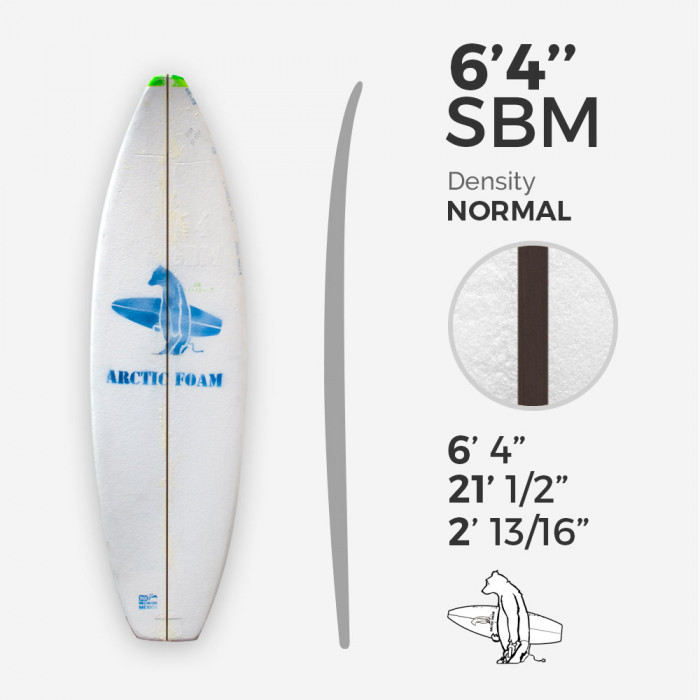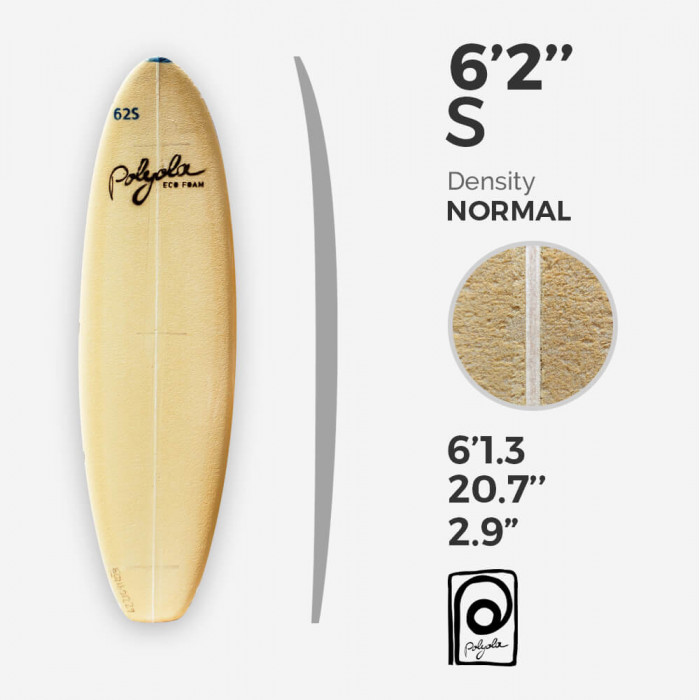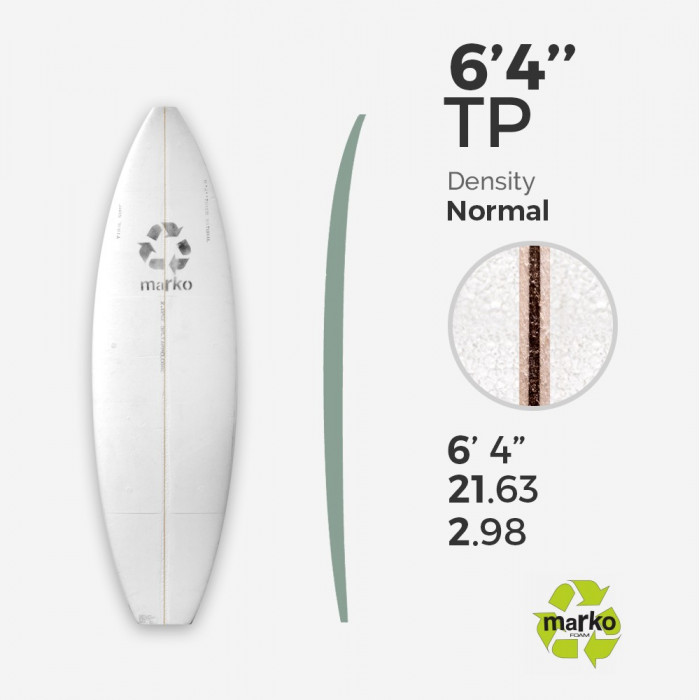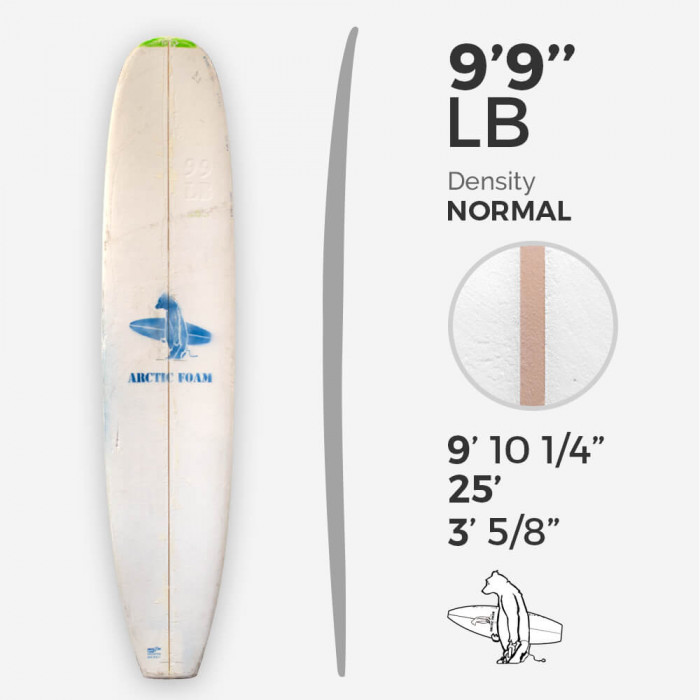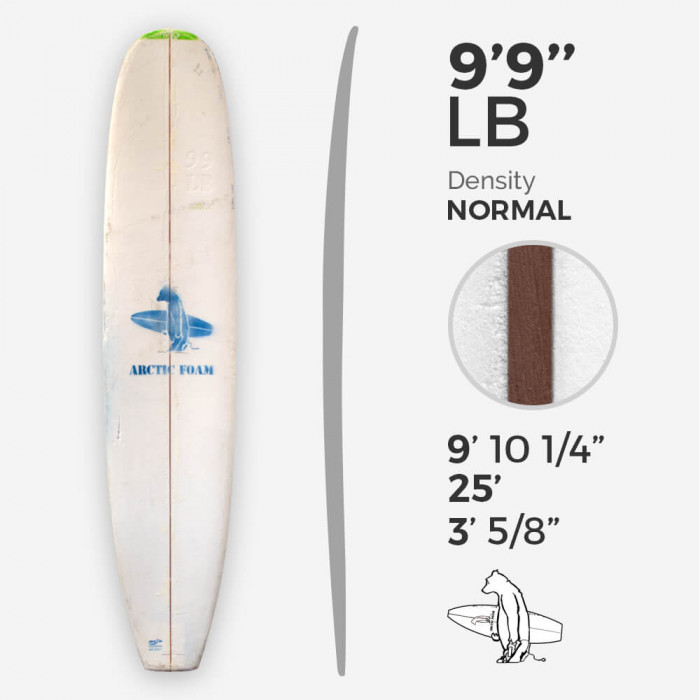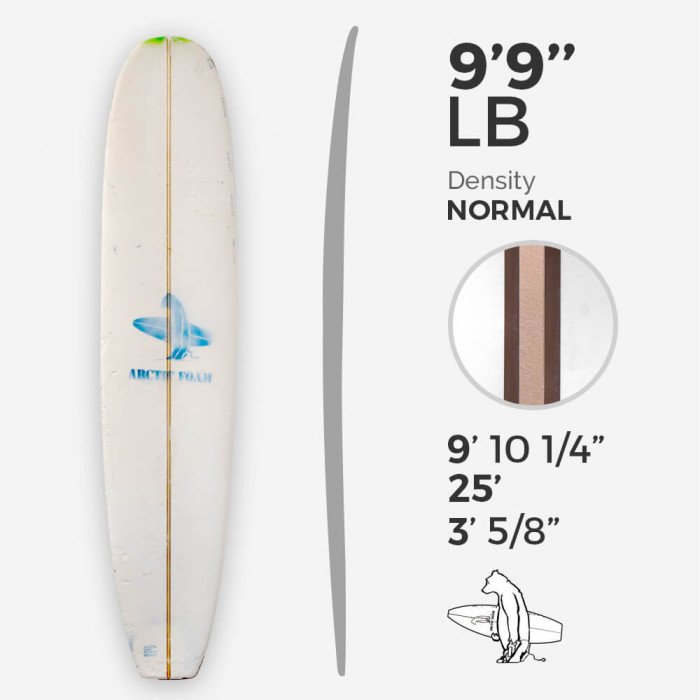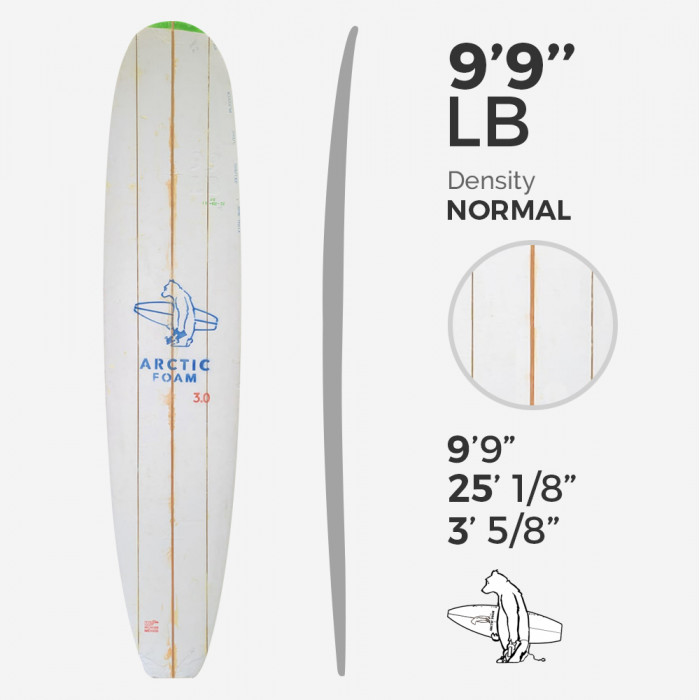
Antes de instalarse en el taller de tallado, es recomendable comprender la diversidad de tableros existentes para saber cuál fabricar. Se pueden agrupar en grandes familias, teniendo en cuenta su tamaño, forma o volumen general. Las siete familias identificadas aquí no son exhaustivas, pero nos permiten clasificar, en función de elementos comunes, la gran mayoría de los tableros que probablemente moldearemos. A continuación, presentamos un resumen de sus características para que pueda elegir la opción correcta.

- Tamaño | 5'8 — 7'6
- Ancho | 20"1/4 — 24"
- Espesor | 2"5/8 — 3"3/8
SHORTBOARD
La “short board” ha sido la reina del surf desde la revolución de finales de los sesenta, cuando las tablas de menos de 2,13 metros reemplazaron a las de más de 2,73 metros. Diseñadas para un surf radical, basado en las maniobras más que en el deslizamiento, estas tablas necesitan surfear en las zonas más cóncavas de la ola para funcionar. A cambio, sus reducidas dimensiones permiten giros cortos y en el canto, así como pasajes en el tubo. Estas tablas se caracterizan por un nose puntiagudo, poca anchura, cantos finos, rocker y 3 o 4 quillas.
EQUIVALENTES DE SHORTBOARD EN NUESTRO CATÁLOGO

- Tamaño | 5'10 — 7'2
- Ancho | 22" — 25"1/8
- Espesor | 2"13/16 — 3"5/8
FISH
Una tabla corta y ancha que te ayuda a ganar velocidad (y mantenerla) en olas pequeñas. Originalmente, el nombre se refería únicamente a las tablas twin-fin inspiradas por el kneeboarder Steve Lis, con poco rocker y una cola de golondrina pronunciada. El diseño se popularizó en los 70 cuando Mark Richards se inspiró en él para sus famosas twin-fins. Desde los 90, hablamos de "fish" moderno para cualquier tabla corta y ancha diseñada para olas pequeñas.

- Tamaño | 7'2 — 8'8
- Ancho | 21"5/8 — 25"1/2
- Espesor | 3"1/4 — 4"1/8
HYBRID
Originalmente una tabla que combinaba elementos de shortboard y longboard, por lo que era de tamaño intermedio (7 u 8 pies) y bastante redonda (ver escalable más abajo). Actualmente, encontramos bajo este nombre tablas más cortas, híbridos entre shortboard y fish. Estas tablas son un poco más gruesas que una shortboard, más anchas (sobre todo en la parte delantera), con un rocker bastante plano para facilitar la remada, pero que conservan los cantos y cóncavos modernos para mantener su eficiencia.

- Tamaño | 6'9 — 8'8
- Ancho | 21"5/8 — 25"1/8
- Espesor | 3"1/4 — 4"1/8
EVOLUTIVE
Otro nombre general para las tablas que permiten coger olas fácilmente, a la vez que son relativamente compactas. A menudo representan un paso intermedio entre la longboard para principiantes y la shortboard, y suelen tener un ancho superior a 50 cm para ofrecer estabilidad, pero una longitud inferior a 2,4 metros para que puedan girar. También hablamos de funboard o mini-malibu. La tabla huevo es un modelo que no incluiremos en la misma categoría, ya que se diferencia de otras funboards por su delgadez. Este diseño, surgido en los años 70, busca ser un poco más eficiente.

- Tamaño | 9'3 — 10'9
- Ancho | 24"5/8 — 25"5/8
- Espesor | 3"3/8 — 4"1/8
LONGBOARD
Longboards, a menudo de más de 2,7 metros (9 pies), pero también muy anchos para maximizar el deslizamiento. Su punta redondeada permite caminar hasta el final de la tabla para colocar cinco o diez dedos (hang five, hang ten). Son herederas directas de las tablas de los años 60 (longboard clásico de una sola quilla) o tablas actuales que se abren a un repertorio más amplio (longboard moderno). Con su diseño ideal para olas pequeñas y su estabilidad excepcional, también son excelentes tablas de aprendizaje.

- Tamaño | 7'3 — 10'5
- Ancho | 22"1/2 — 23"7/8
- Espesor | 3"1/4 — 4"3/16
GUN
Una tabla larga que no llamaríamos longboard, ya que se trata de un arma completamente dedicada a surfear olas grandes. Su longitud permite remar con la velocidad suficiente para coger olas grandes, que se mueven más rápido. El nose puntiagudo y el rocker marcado permiten controlar el drop, mientras que el pintail estrecho permite mantenerse en una pared a menudo vertical. La tabla gun mide entre 2,4 y 3,6 metros; por debajo, hablamos de una semi-gun, y por encima, de una stepup, una tabla un poco más larga que una shortboard habitual.

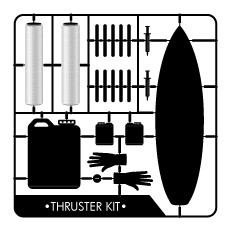
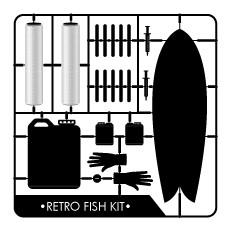
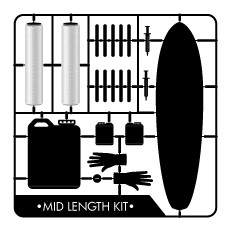
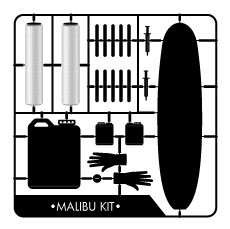
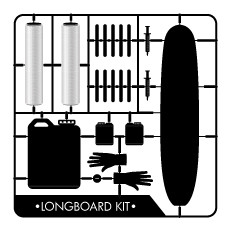
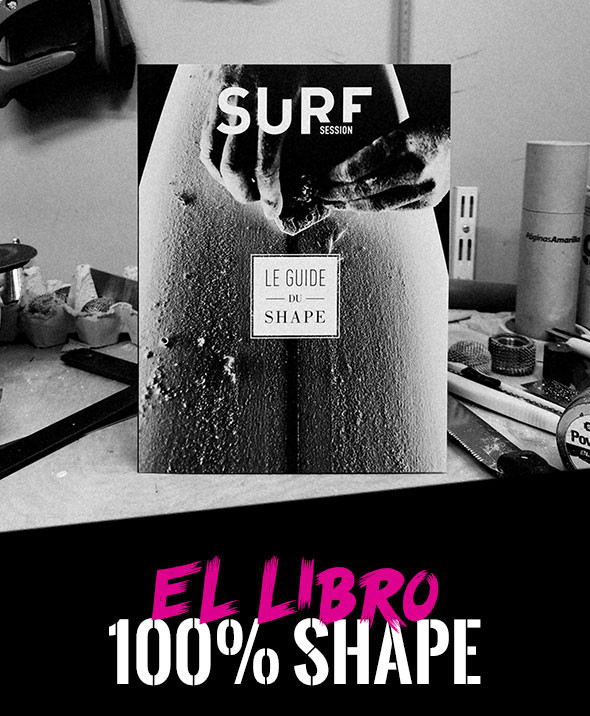


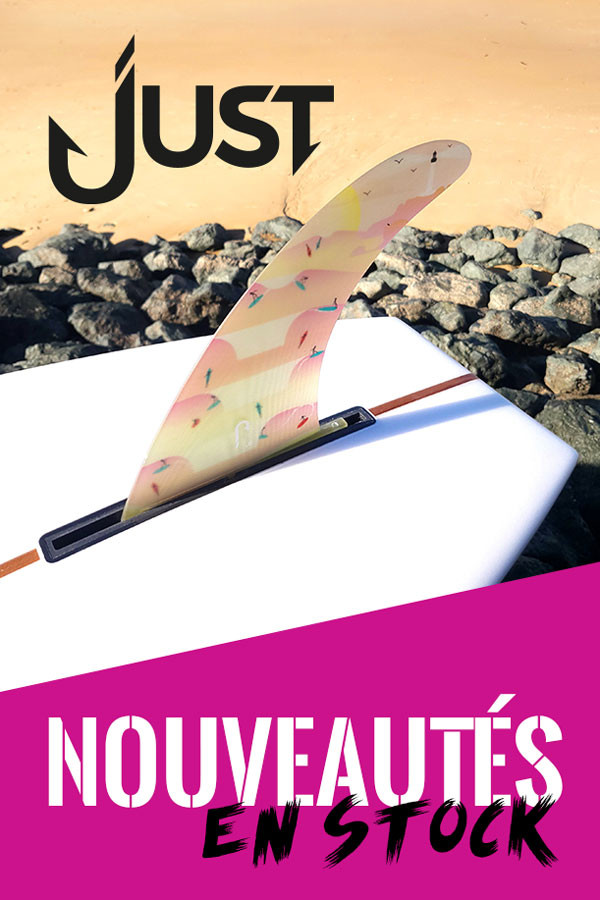
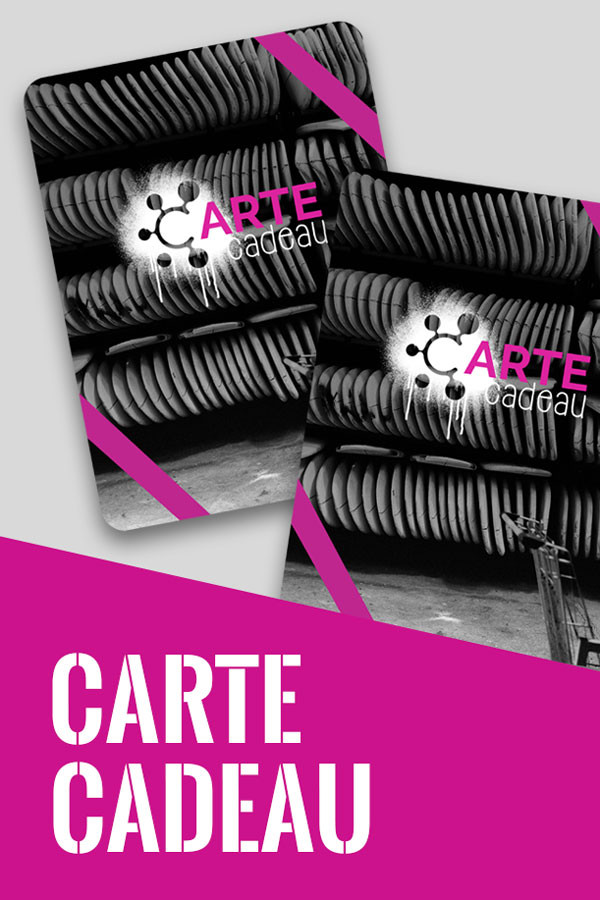
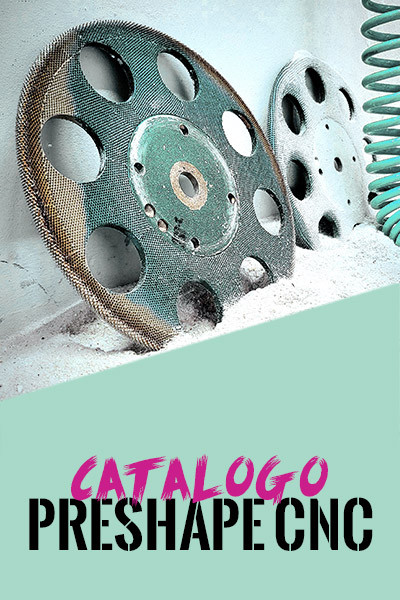
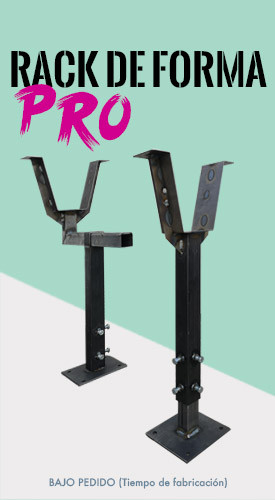
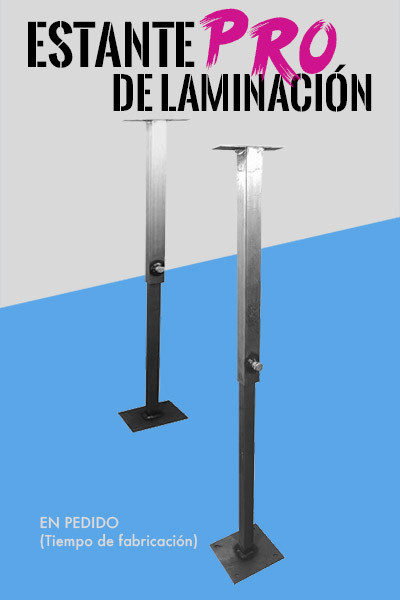
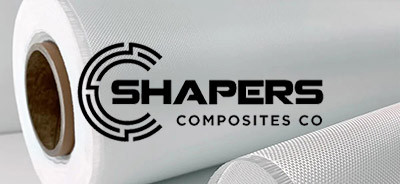
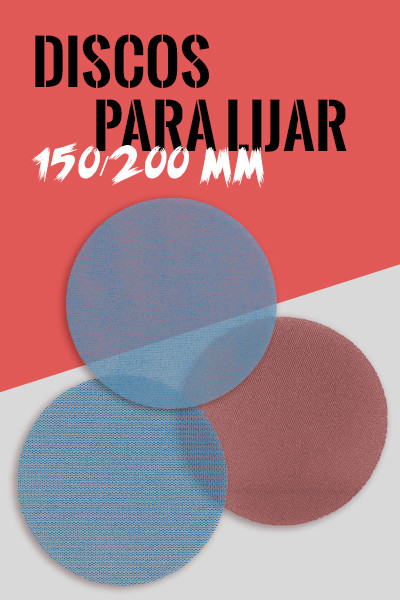
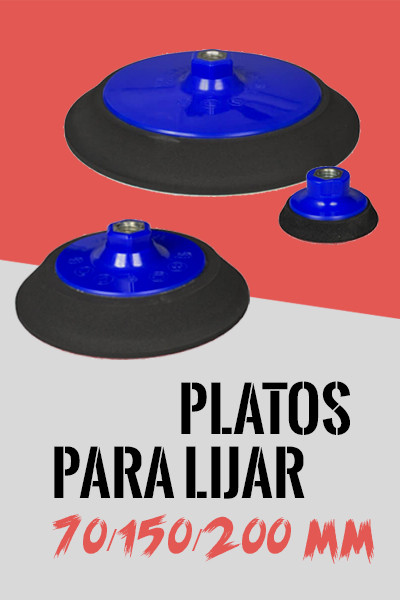
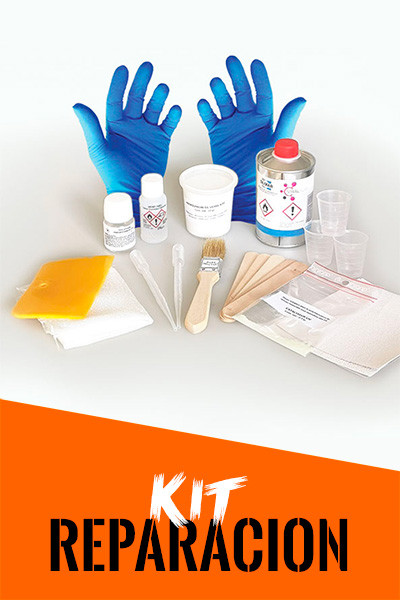
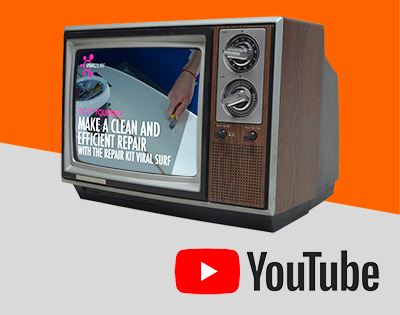
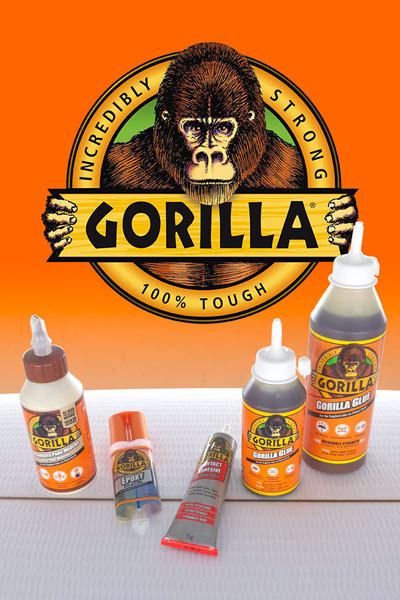
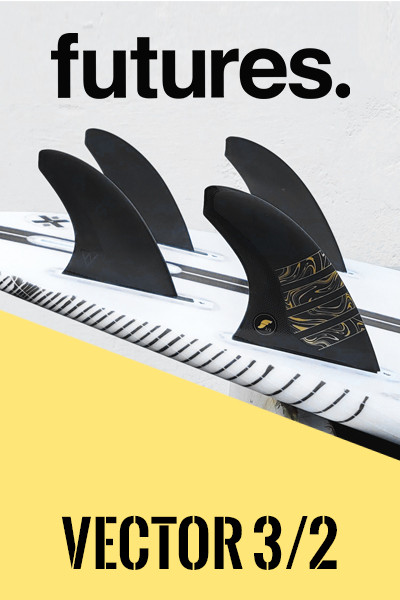
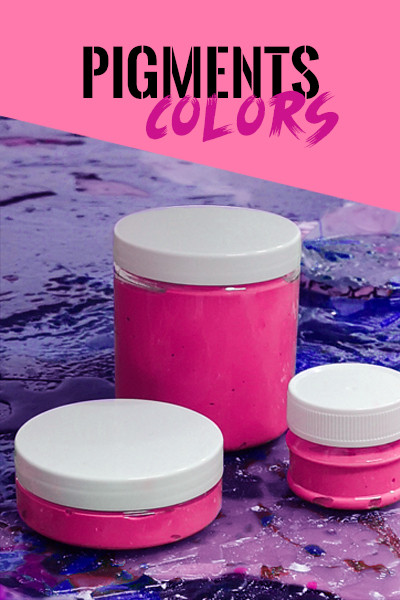
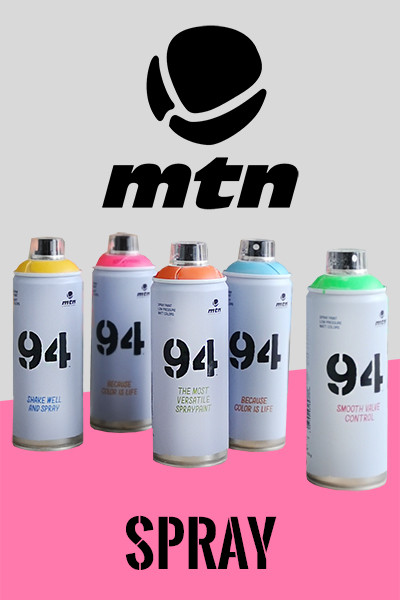
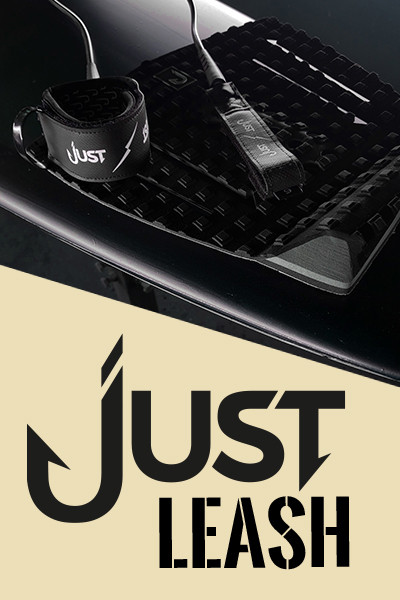
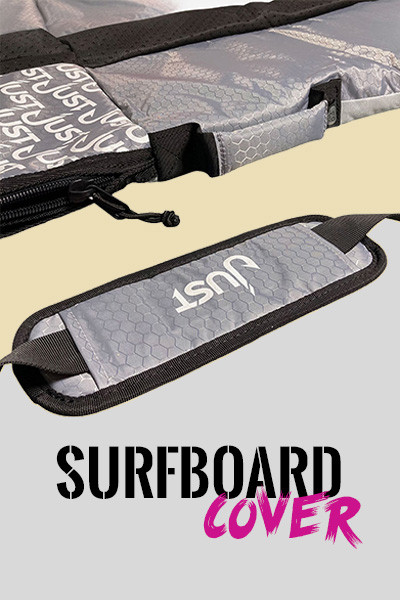
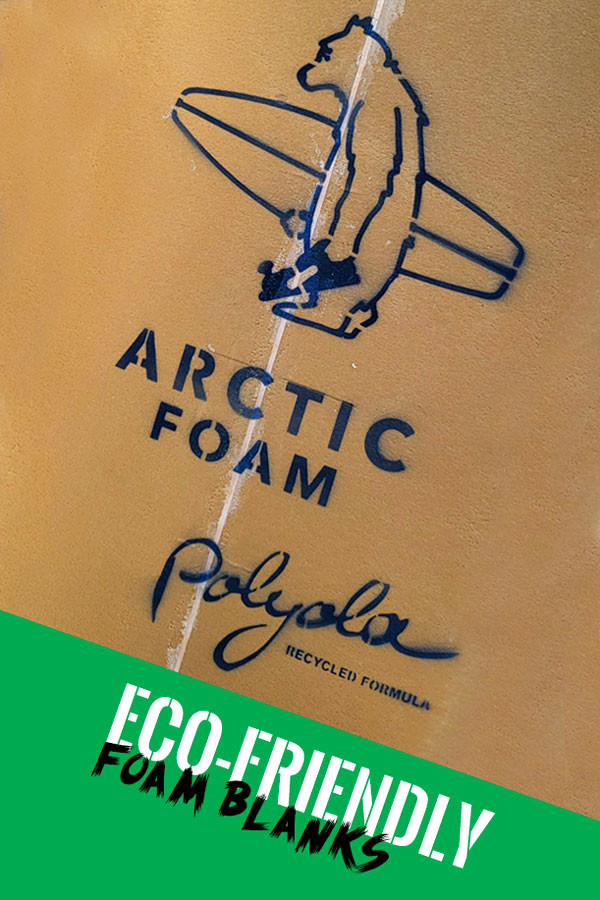
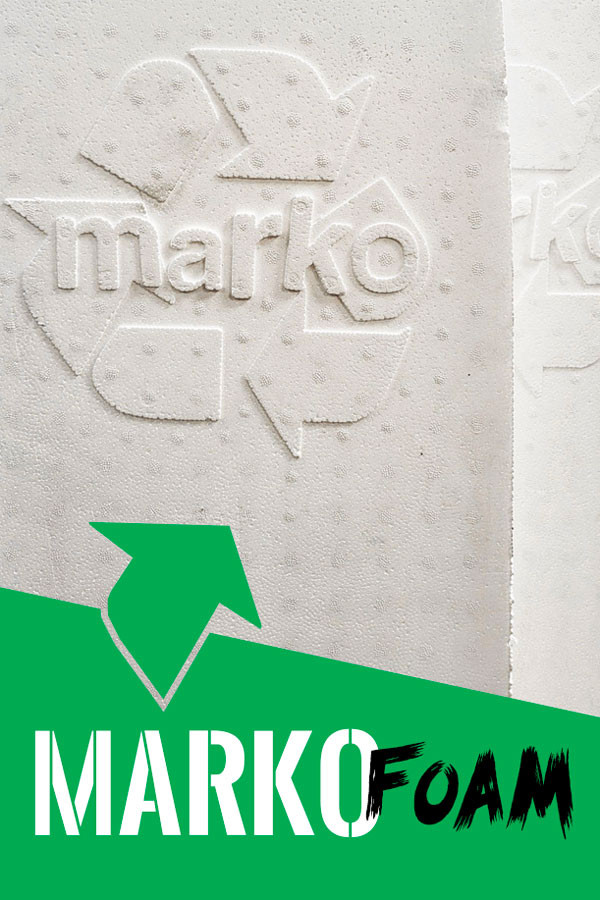
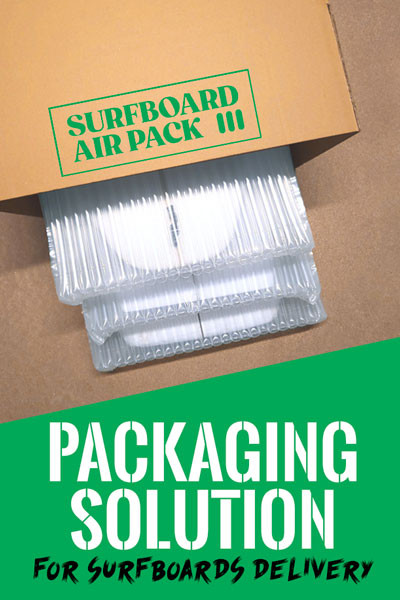
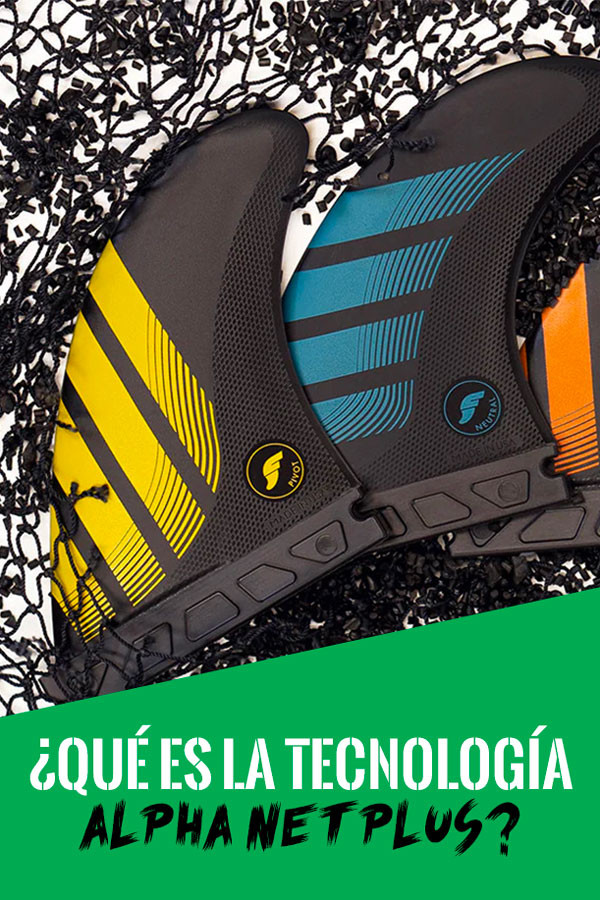

 English
English Français
Français Espagnol
Espagnol



